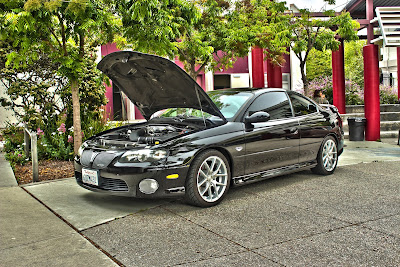Hello Students,
Your newest assignment is an exercise in surrealism. You must pre-plan your image with a few pencil sketches so you can plan and shoot all the elements you need. Post processing is acceptable and encouraged, you can use all the software tools available to you to achieve the final image you have in your mind.
"To be a surrealist... means barring from your mind all remembrance of what you have seen, and being always on the lookout for what has never been." - Rene Magritte
"My idea of a perfect surrealist painting is one in which every detail is perfectly realistic, yet filled with a surrealistic, dreamlike mood. And the viewer himself can't understand why that mood exists, because there are no dripping watches or grotesque shapes as reference points. That is what I'm after: that mood which is apart from everyday life, the type of mood that one experiences at very special moments."- Ian Hornak
What is Surrealism?
Taken from the Heilbrunn timeline of Art History: "Surrealism originated in the late 1910s and early '20s as a literary movement that experimented with a new mode of expression called automatic writing, or automatism, which sought to release the unbridled imagination of the subconscious. Using Freudian methods of free association, their poetry and prose drew upon the private world of the mind, traditionally restricted by reason and societal limitations, to produce surprising, unexpected imagery. The cerebral and irrational tenets of Surrealism find their ancestry in the clever and whimsical disregard for tradition fostered by Dadaism a decade earlier. The visual artists who first worked with Surrealist techniques and imagery were the German Max Ernst (1891–1976), the Frenchman André Masson (1896–1987), the Spaniard Joan Miró (1893–1983), and the American Man Ray (1890–1976).
 |
| Surreal Image by Seth Wilson 2018. "Portrait of Kel Varnsen, District #3". |
Keep It "Surreal" Assignment:
- Research surreal art, artists and photography for inspiration
- Brainstorm a few ideas and create a full page pencil sketch of your idea. Try to think of all the visual elements you would like to incorporate... consider setting, backgrounds, models, objects or props, costume, stylistic effects. Plan every detail of your shoot for best results. I expect QUALITY work.
- Begin shooting your photo(s) and use photo manipulation to achieve your desired look with Photoshop
- All processes are available to you, cropping, fine edge selection, airbrushing, colorization, layering, enhancement effects etc... try to achieve a worked over and artistic look to your image
- Post your image to our flickr page when complete
Inspiration:
Secret Garden Surreal Photo Series
Martin De Pasquale surreal photo manipulations
Arthur Tress: Haunting Surreal Photographs from the 60s Inspired by Children’s Nightmares
Laura Williams surreal self portrait
Kyle Thompson surreal self portrait
Oleg Oprisko dreamlike images
Surreal portrait breakdown
Fruit slice surreal image creation
Levitation photography tutorial
Secret Garden Surreal Photo Series
Martin De Pasquale surreal photo manipulations
Arthur Tress: Haunting Surreal Photographs from the 60s Inspired by Children’s Nightmares
Laura Williams surreal self portrait
Kyle Thompson surreal self portrait
Oleg Oprisko dreamlike images
Surreal portrait breakdown
Fruit slice surreal image creation
Levitation photography tutorial
Image by Gala Darling
|
This photo was shot live, no amount of post-processing or Photoshop has been used to achieve this effect. It took 26 attempts and 5 hours. Philip Halsman would count to four, where Dali would leap into air, and three assistant will throw the cats, another will throw a bucket of water, and Mrs. Halsman held the chair.
|






















